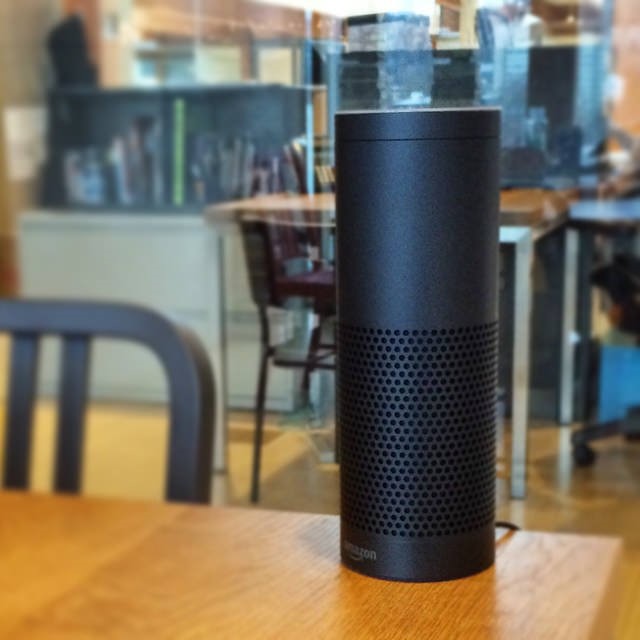Lamborghini’s Phone
Alpha One is Italian Luxury
These days, most of us own a smartphone or even several. Smartphone manufacturers have also worked their best to bring near premium design and specs to budget devices. Yet, every now and then, the industry surfaces some device with a ridiculous price boasting marketing names such as “the most luxurious technology” and you’re just wondering […]













